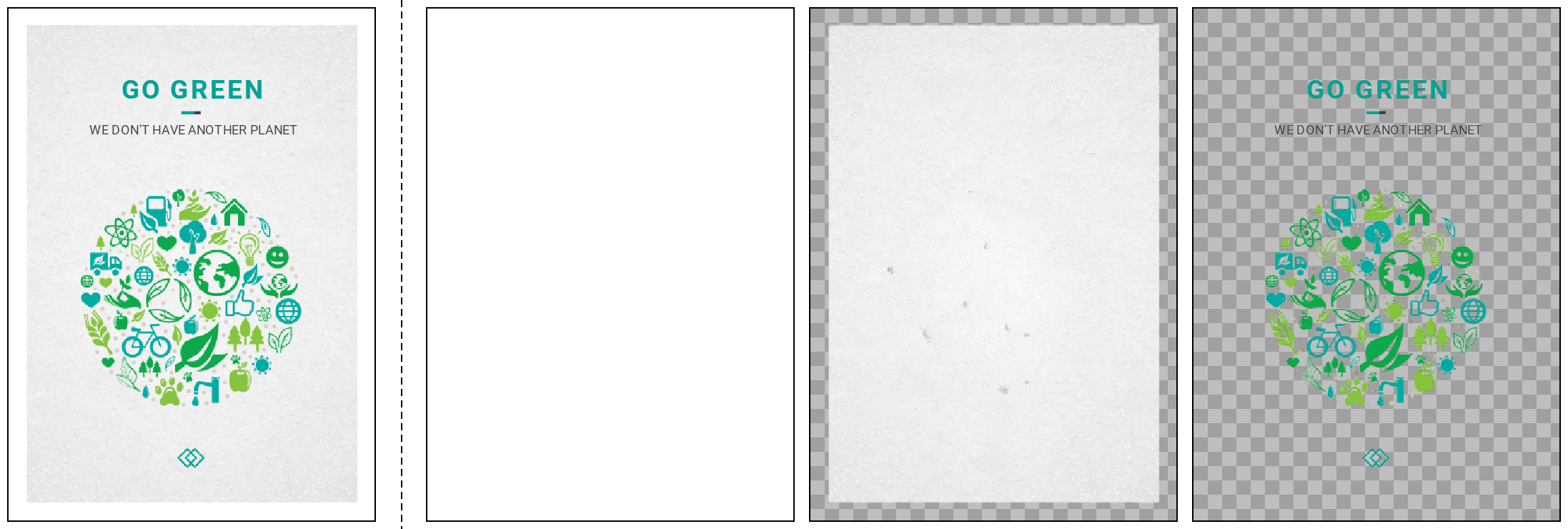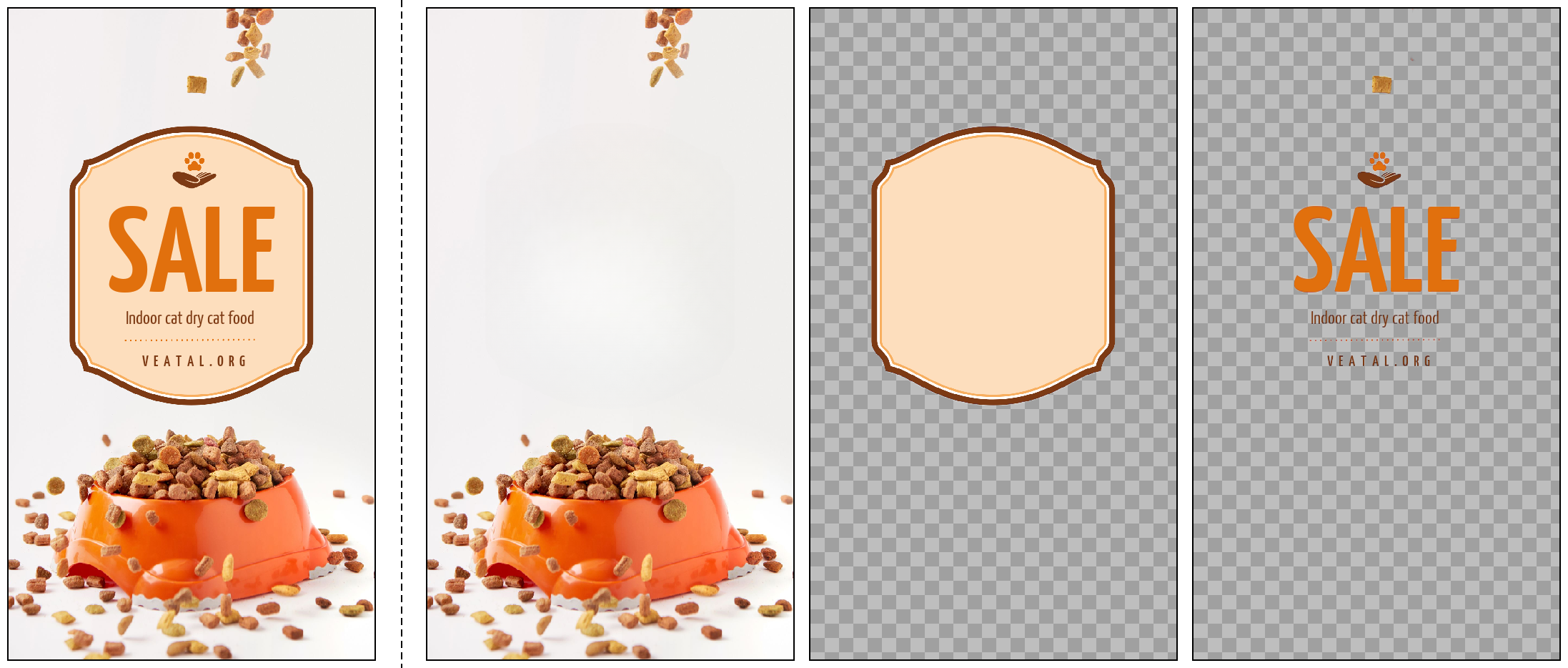
Designers craft and edit graphic designs in a layer representation, but layer-based editing becomes impossible once composited into a raster image. In this work, we propose LayerD, a method to decompose raster graphic designs into layers for re-editable creative workflow. LayerD addresses the decomposition task by iteratively extracting unoccluded foreground layers. We propose a simple yet effective refinement approach taking advantage of the assumption that layers often exhibit uniform appearance in graphic designs. As decomposition is ill-posed and the ground-truth layer structure may not be reliable, we develop a quality metric that addresses the difficulty. In experiments, we show that LayerD successfully achieves high-quality decomposition and outperforms baselines. We also demonstrate the use of LayerD with state-of-the-art image generators and layer-based editing.
Below are examples of layer decomposition results by LayerD. The leftmost column shows the input images, and the other columns show the decomposed layers from back to front. You can find more results in the paper.














LayerD is simple: it repeatedly extracts top layers and completes backgrounds until all layers are extracted. We define top layers as all unoccluded layers in the front. LayerD also includes layer refinement processes for each step, which leverage the flat color assumption of layers in graphic designs.

Once decomposed by LayerD, the layers can be easily manipulated for various editing tasks. Below are examples of layer-based editing applications enabled by our decomposition.
@inproceedings{suzuki2025layerd,
title={LayerD: Decomposing Raster Graphic Designs into Layers},
author={Suzuki, Tomoyuki and Liu, Kang-Jun and Inoue, Naoto and Yamaguchi, Kota},
booktitle={ICCV},
year={2025}
}